5 Ways a FERS Annuity May Be Reduced
Understanding how much retirement income may be available to spend is a question we try to help answer all the time.
Recently I had an intro call with a federal employee and he told me:
“I’m 59 years old with 29 years of service and a Hi-3 of around $150,000. I’d really like to retire and go out now if possible. What do I need to do?”
We are going to look at this example in the context of potential reductions you may see from your FERS basic annuity when you retire and start receiving pension payments.
Let’s take a look.
Early Retirement Reduction
The early retirement reduction doesn’t apply to everyone, but it’s more common than you might think, and the rules on early retirement reductions are commonly misunderstood.
For most federal employees there are 3 ways to retire on an immediate unreduced annuity:
- MRA with 30 years
- Age 60 with 20 years
- Age 62 with 5 years.
If you don’t meet one of these requirements and retire under MRA +10, taking an immediate annuity will reduce your pension by 5% for every year you are under the age of 62. This is a permanent reduction.
It’s Important to note that you may be able to postpone your annuity or continue working to avoid this reduction.
In the case of our friend from earlier, he’s so close yet there are some serious implications. Together we discussed why it may make sense financially to work one to three more years.
Remember the situation looks like this - 59 years old with 29 years of service and a Hi-3 of around $150,000.
$150,000 x 1.0% x 29 = $43,500 annual pension
However, since he doesn’t quite hit MRA +30 or age 60 with 20 years of service an early reduction penalty will apply. 5% for every year under age 62, in this case the 3 years will cost him 15% of his gross annuity amount.
15% x $43,500 = $6,525 reduction
FERS BASIC ANNUITY
$43,500
Early Retirement Reduction
-($6,525)
He can retire and postpone, work until 60, or maybe even hang on and work for the 1.1% multiplier at age 62. Big decision points.
Survivor Benefit Premiums
This one is important. The FERS basic annuity offers an optional survivor benefit program that allows retirees to protect their dependents with a survivor annuity paid to an eligible beneficiary.
If you are considering bypassing the SBP make sure you have a well thought out plan that is discussed with your family members and the professionals you trust. I prefer the SBP in almost every circumstance vs. pension max strategies.
It’s also important to consider a surviving spouse will not be able to continue FEHB unless you are enrolled in the survivor benefit program (full or partial).
This SBP cost and benefits are straight-forward:
- 10% premium for a 50% survivor benefit
- 5% premium for a 25% survivor benefit
If our guy takes the full SBP it looks like this:
$36,975 x 10% = $3,697.50 annually
FERS BASIC ANNUITY
$43,500
Early Retirement Reduction
($6,525)
Survivor Benefit Premium
($3,697.50)
Please be thoughtful here, I’ve seen poor planning create some really difficult situations.
Taxes
This one does apply to everyone, at least on the federal level. A FERS pension is taxed as ordinary income on the federal level and as ordinary income in most states.
There are currently 9 states who do not tax income at all, and some who exclude pension income from taxation.
Most of your pension payments will be taxable, there is a small portion that comes back to you as a return of premium. These are the contributions you made to the FERS annuity during your career being returned to you.
Going back to our guy looking to retire – his family is likely to fall into the 22% federal tax bracket in retirement – but with the way a progressive tax schedule works their average tax rate is projected somewhere around 18%. Our simple math looks like this:
$33,277 x 18% tax rate = $5,989.95 federal tax due
That will cost $5,989.95 in federal taxes, plus anything due on the state level.
FERS BASIC ANNUITY
$43,500
Early Retirement Reduction
($6,525)
Survivor Benefit Premium
($3,697.50)
Federal Income Tax
($5,989.95)
FEHB Insurance Premiums
If you meet eligibility requirements, FEHB may be continued into retirement. To be eligible, you must:
Retire on an immediate annuity and have been covered by FEHB continuously for the 5 years of service immediately before retirement.
Retirees have access to the same premiums as active employees but with one caveat – retirees pay with after-tax dollars, which equates to an increase. You can also make changes to your plan each year during open season.
No question this is a powerful benefit to carry forward into retirement.
I’m no expert on the complexity within health care plan options and pricing, but for the sake of simplicity in our example let’s assume monthly premiums cost $500 per month -- noting premiums may be significantly higher for many families.
That’s an additional $6,000 per year coming from the balance of your FERS basic annuity.
FERS BASIC ANNUITY
$43,500
Early Retirement Reduction
($6,525)
Survivor Benefit Premium
($3,697.50)
Federal Income Tax
($5,989.95)
FEHB
($6,000)
Other Insurance
We can’t forget about paying for vision and dental plans, long-term care, and life insurance premiums if they are carried forward into retirement years. If eligible you may continue all these coverages but are not required to.
FEGLI gets very expensive in the later age bands. However, the basic coverage may become free at age 65, or retirement if you retire after 65, by accepting the 75% reduction option. Whether you choose to keep this insurance is a personal decision.
Inflation
Inflation doesn’t show up as a line item on your statement, but it’s important. Inflation is on everyone’s mind as costs have risen substantially in the past few years. The exact level of increases can be hard to pinpoint because they are different for every family.
Cost of Living adjustments (COLAs) on the FERS basic annuity start at age 62 for most federal employees. As a reminder COLA’s work like this – the program many federal employees lovingly refer to as COLA Lite.
CPI-WFERS COLA2% or lessSame as InflationBetween 2% - 3%2%Greater than 3%Inflation – 1%
CPI-WFERS COLA2% or lessSame as inflationBetween 2%-3%2%Greater than 3%Inflation - 1%
Adding It All Up.
Knowing the difference between your gross and net numbers can give you a realistic idea of the income you’ll have available to spend in retirement.
How are your estimates looking?
I hope you find this information useful. I would encourage you to take the time to consider how the FERS basic annuity fits into your personal financial situation.
Don’t be afraid to ask questions. I’m here to help.
-Justin
*The content is developed from sources believed to be providing accurate information.
This material was created for educational and informational purposes only and is not intended as ERISA, tax, legal or investment advice. If you are seeking investment advice specific to your needs, such advice services must be obtained on your own separate from this educational material









